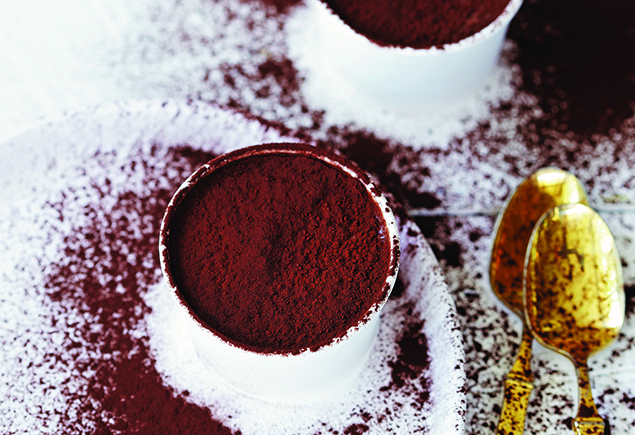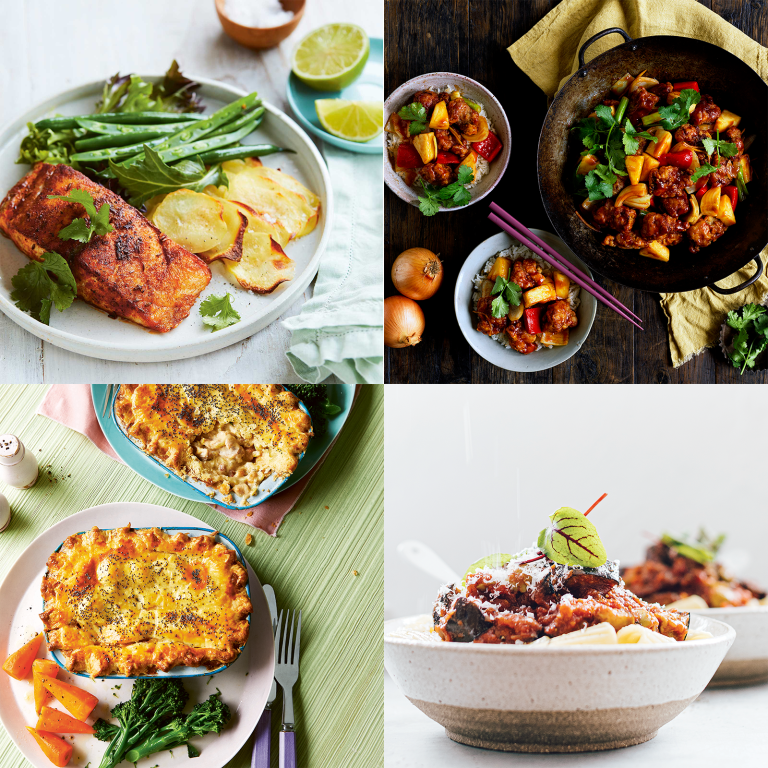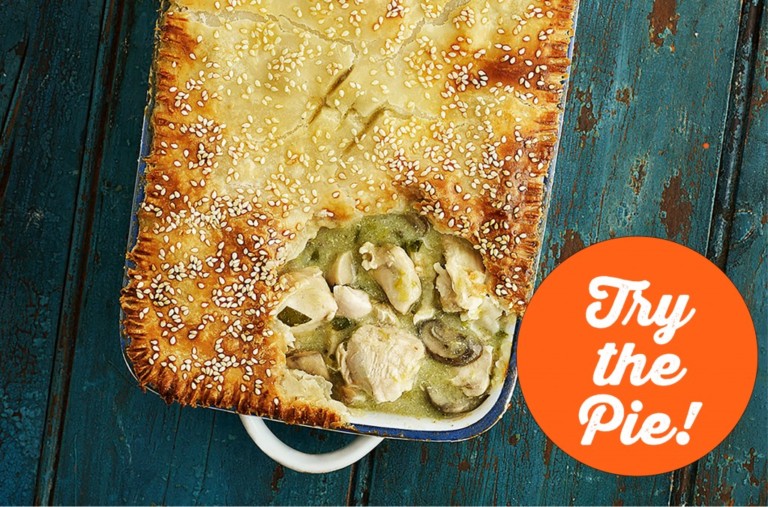The gluten-free category is booming but what are you actually buying?
A quick trip to any supermarket will reveal just how much the pre-packaged gluten-free category has grown in recent years. Not that long ago gluten-free bread had to be ordered from specialist bakers and was posted to consumers. Now, most major supermarkets stock several brands of gluten-free bread, not to mention all the cake mixes, biscuits and snack foods. Do you pop these products into your trolley without another thought or do you read the ingredient list as you would a product without “gluten-free” packaging?
Gluten-what?
Last year, the Food and Drug Administration (FDA) in the United States raised the allowable level of gluten detectable in foods labelled as “gluten-free” to 20ppm (0.002%). This is the first time the term “gluten-free” has been consistently defined in the US and brings its stance in line with the European standard.
Understandably, this decision drew focus on the definition of “gluten-free” in Australia. Presently, Food Standards Australia and New Zealand (FSANZ) define a “gluten-free” product as one that contains no detectable gluten when standard detection methods are used. As testing methods become increasingly sensitive, manufacturers argue that many products will no longer meet the FSANZ labelling criteria. The Australian Food and Grocery Council (AFGC) has made an application to FSANZ to alter the definition to the 20ppm accepted in the US and Europe.
In a move some see as controversial, Coeliac Australia has supported the AFGC proposal saying that evidence-based media research has found this to be a safe level for people with coeliac disease. In a statement released on the matter Coeliac Australia said, “our priority is to ensure consumers have access to safe, affordable, high quality and widely available gluten-free food…In an ideal world, gluten free should mean exactly that. However, there is every chance that the term ‘gluten-free’ will disappear, as manufacturers struggle to meet the more sensitive testing methods being developed…Under the proposed changes consumers will always know whether a product contains gluten or not. Importantly, the right to choose will be maintained. This is a critical issue that has been lost in the discussion.”
The response from the health community has been mixed. West Australian Gastroenterologist Dr Geoffrey Forbes disagrees with Coeliac Australia’s response and wrote to the Medical Journal of Australia voicing his concerns. “The concept of doing no harm in health care is paramount,” wrote Dr Forbes. “Increasing the ‘permissible’ level of gluten (from undetectable to <20ppm) will increase overall gluten ingestion in a gluten-free diet. For an undetermined proportion of patients with CD, this will lead to adverse health outcomes and generate additional health care costs.”
Jenny Trezise is a dietician and director of Allergy Train, a website and on-line store designed to take the hassle out of shopping for allergy-friendly foods. “Much of the research I’ve read does support the 20ppm stance that most of the Northern Hemisphere seem to have on acceptable gluten levels in foods. They’ve found that there is no detrimental impact on individuals with coeliac disease consuming gluten at those levels,” she says.
Trezise acknowledges that it is becoming increasingly difficult for manufacturers to produce products with zero gluten detected. “Keeping the undetectable law means that the number of products available for coeliacs will potentially get smaller and smaller,” she says. “The cost of gluten-free products is quite limiting for many people and if you only allow foods that are made in dedicated facilities means that price competition is often non-existent and the variety of foods available for coeliacs is also restricted.”
Label know how
When shopping with a food allergy or intolerance, the NSW Food Authority say it is essential to look carefully at the labels of any pre-packaged food you buy, each and every time, to ensure ingredients haven’t changed. In Australia, food labelling laws state that the eight most common food allergies (crustaceans, eggs, fish, milk, peanuts, soybeans, tree nuts, sesame seeds, and their products), as well as products containing sulphite preservatives and any cereals containing gluten and their products, must be declared on the packaging or in connection with the display.
“Food labelling law requires manufacturers to declare major food allergens, one of which is wheat/gluten on the label. If a product says it is gluten-free, then it will be safe to consume,” says Trezise. “One of the confusing things for people with coeliac disease is that wheat needs to be declared on the label whether or not the ingredient contains gluten.” Trezise uses the example of glucose syrup derived from wheat to explain. “The Coeliac Society states that glucose syrup from wheat is so highly processed that it should not contain any residual gluten. However, the labelling laws still say that that wheat must be declared,” she explains.
So what are you buying?
The good news for those with coeliac disease and allergies or intolerances to gluten is that there is currently a high level of compliance within products labelled as “gluten-free”. The NSW Food Authority conducted a random test of products labelled as “gluten-free” late in 2010 and the results were pleasing. “Of the samples tested there was 95% compliance with the labelling and content requirements of the Food Standards Code in relation to a gluten-free claim,” says Alan Coutts, CEO of the NSW Food Authority. “On the whole this is a pleasing result and provides assurance to consumers that they can have faith in the labels on the food they buy.”
222 products claiming to be “gluten-free” were tested by the Authority including bread, cakes, sauces, soups, dairy products, snack foods and lollies. 11 products failed to meet the code with gluten levels between three and 46ppm detected. The Authority contacted the manufacturers of these products advising them to take immediate action to ensure the products were compliant. The authority will also test follow up samples of these products in the interest of consumer safety.
How to read labels
Understanding how to correctly read product labels is the best way to protect yourself from being accidentally “glutened.” Suitable products will typically fall within three categories. Firstly, those with a gluten-free label with testing showing no detectable gluten. Secondly, processed products that don’t contain any gluten-containing ingredients and finally, products that are naturally gluten-free like fruits and vegetables.
Ingredient List
This is where the products ingredients are recorded. They are listed in descending order from most common ingredient. If a source of fat, sugar or salt is listed in the first three ingredients the product may not be the healthiest choice available.
Baked Beans:
Navy Beans (50%), Rich Tomato Sauce (50%) [Tomato Puree (26%), Water, Sugar, Maize Thickener (1422), Salt, Natural Flavour
This product is a combination of navy beans and a rich tomato sauce. Navy beans are naturally gluten-free. The tomato puree has been thickened by 1422; however in this case it has been derived from maize (corn), making it safe for those on a gluten-free diet.
Nutrition Information Panel
Here you’ll find how much energy (calories/kilojoules), protein, fat, carbohydrate, sodium (salt) and calcium are contained. Products with a gluten-free label will say nil detected.
Allergen Alert
This is where any of the eight most common food allergens, sulphite preservatives and gluten will be listed if contained in the product.
Advisory Statements (eg. May contain……)
Used when there is a possibility that the product may have been contaminated with one of the above allergens.
Image Credit: Shutterstock
Gluten-Free Product Labelling first appeared in Issue 1 of Australian Gluten-Free Life as What’s In a Name?







